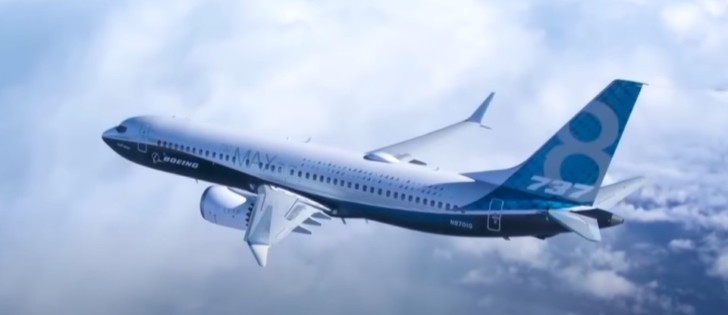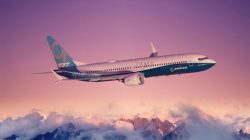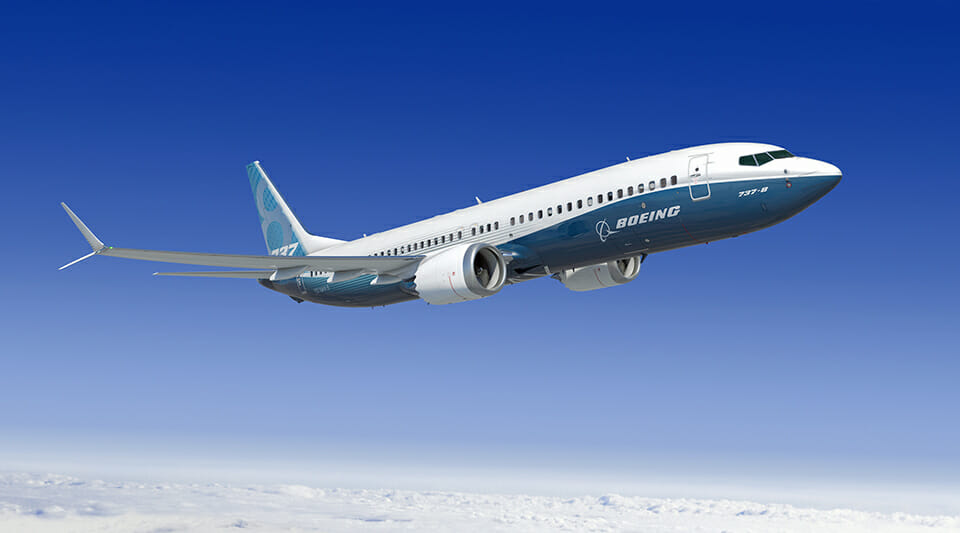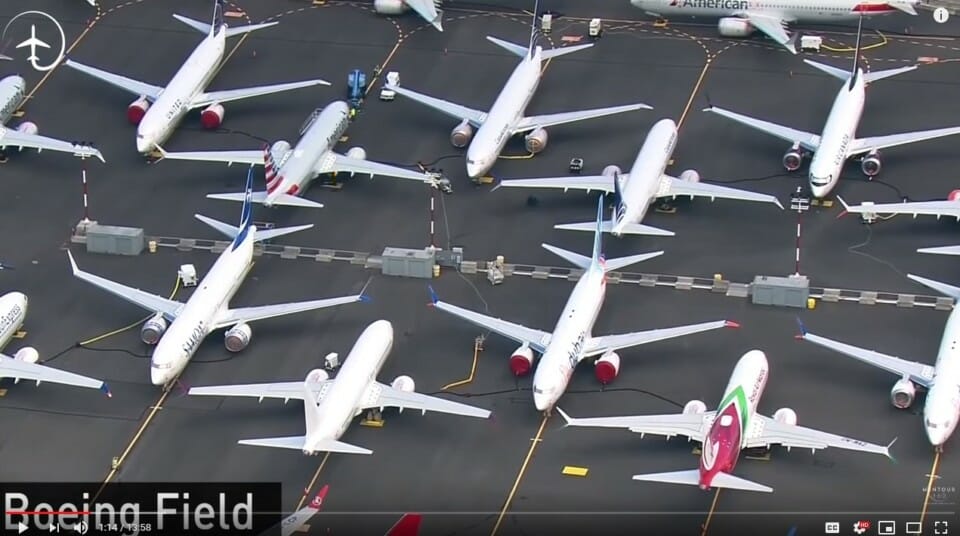The story of the troubled 737MAX program is starting its path to recertification by the FAA. The MAX suffered two fatal crashes in a short period of time. The airliner that has been grounded worldwide since February of 2019 moved one step closer as the National Transportation Safety Board (NTSB) has given the airliner the “thumbs up” for the required changes. I have been writing articles about the issues regarding the airworthiness of the 737MAX program, you can read a summary of the issues here.
How We Got Here
The 737MAX is actually a revision of a medium-haul airliner that has been flying passengers since 1967. Through the decades, the 737 has gone through three major upgrades to the current version of the 737MAX:
- The original series – 100 and 200,
- The classic series – 300, 400, 500 and 600,
- The next generation (NG) series – 700, 800 and 900,
- The MAX series – MAX7, MAX 8, MAX9 and MAX10.
The use of modern and efficient turbofan engines on the 737MAX created issues with the flight handling characteristics that pilots experience. Airbus also uses these new engines on their A320NEO family of airliners without the same failure of the MAX. The basic reason that the MAX program failed and the A320NEO succeeded comes down to one very simple difference. The 737 has always sat low to the ground, a fundamental design issue that goes back to the 1950’s with the Boeing 707. The A320NEO was designed in the early 1980’s and it was designed with a taller ground height for use with modern high-bypass ratio turbofan engines.
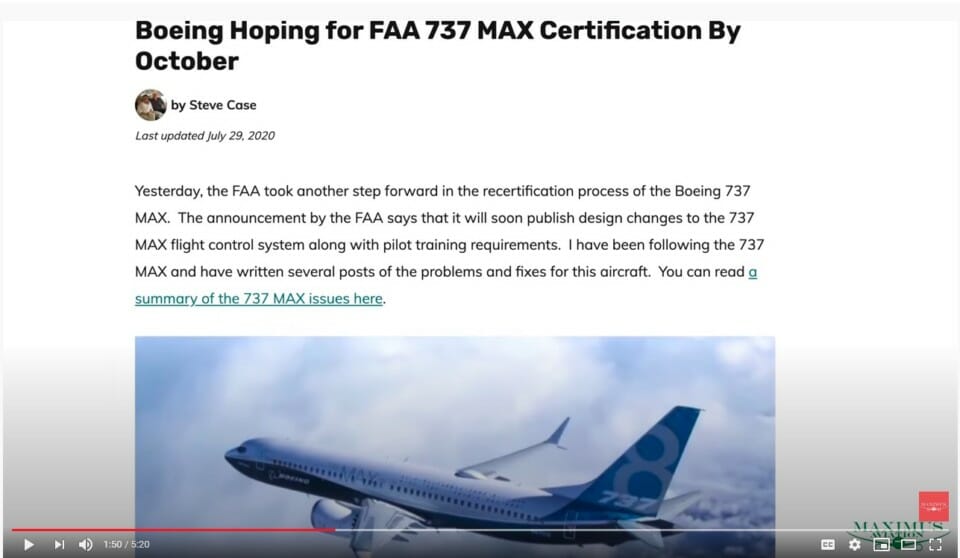
The National Transportation Safety Board (NTSB)
This Federal agency has a primary focus on investigating major transportation accidents and recommends corrections to prevent future accidents. The investigators of the NTSB are skilled at accident investigations and establishing causes of these accidents. The NTSB then makes recommendations to the Federal Aviation Agency (FAA) for action. The NTSB lacks the authority to enforce changes and this creates a problem.
The changes necessary to return the 737MAX to the skies have been approved by the NTSB and recommendations adopting these changes have been sent to the FAA.
The Federal Aviation Agency (FAA)
The FAA has two missions – to promote aviation and to enforce aviation safety. These missions can be directly in opposition to each other. The 737MAX may be an example of competing FAA objectives.
One of the issues in the history of the MAX program is that the FAA may have been too generous in letting Boeing self-certify many aspects in the airworthiness certification process. This has placed a deal of scrutiny on how effective the FAA is in issuing airworthiness certifications. As I have said in previous posts, when the 737MAX gets re-certification, it will be the most scrutinized aircraft in the history of aviation.
What’s Next For The 737MAX Certification
The re-certification process is now in the hands of the FAA with a possible certification in October 2020. While this certification may be attained next month, the 737MAX has a long ways to go before returning to service:
- Hardware and software modifications need to be manufactured and distributed to the airlines,
- Hardware and software modifications need to be installed, tested, and certified in existing aircraft,
- Pilot training needs to be developed and approved which will most likely include simulator training,
- Airlines will need to get their 737MAX flight crews through the required training.
Final Thoughts
While Boeing has a long history of making safe and reliable airliners, the 737MAX issues have been entirely of Boeing’s making. The groundings of the 737MAX program have cost Boeing and the airlines a huge amount of money. The biggest hit to Boeing has been to the Company’s reputation.
When all of the changes are made and the aircraft is ready to re-enter passenger service, there will be one more hurdle to clear. Will passengers want to fly on the 737MAX? This is the ultimate test of the fixes to the trouble MAX program and this hurdle will not be in Boeing’s control.
What do you think of the 737MAX return to service? Are you looking forward to flying on the 737MAX?

